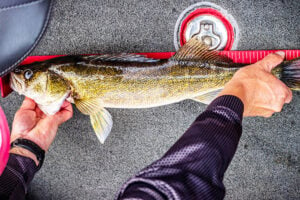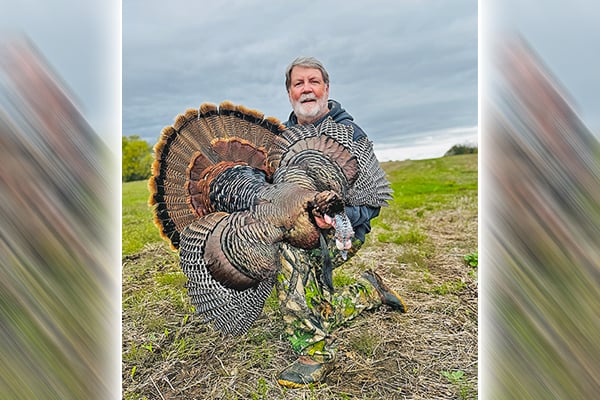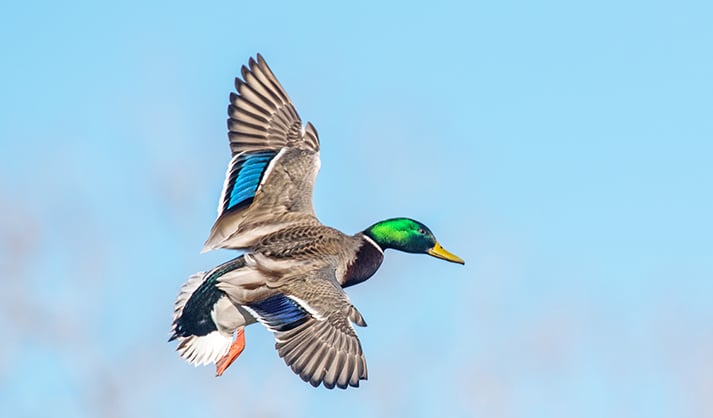There’s value in night-fishing beneath the moon and stars – Outdoor News
Andy’s noodly catfish rod bucked and plunged toward the surface of the Mississippi River, as below, a leviathan in the depths waged war on the hook and line that had it tethered. After fighting the fish for several minutes, we could tell the big flathead was begrudgingly nearing the surface.
But still, the Coleman lantern perched atop a cooler for added height and visibility hadn’t yet illuminated the beast below. Finally, the fish thrashed on the surface.
Instinctively, both Andy and I leaned portside of the 14-foot boat to finally get a glimpse of the mighty fish. A splash and a hiss reached our ears as the boat listed to port and then … we were enveloped in total darkness as the lantern slowly began drifting downriver.
Although we did finally boat Andy’s 35-inch flathead, we learned an important lesson that night: Keep multiple lights on hand and your equipment organized while fishing at night.
MORE FISHING FEATURES FROM OUTDOOR NEWS:
Here’s how to properly hold fish in the catch/release era
How to properly work a jig for open water 2025
Fishing for springtime panfish can be super productive with the right plan
Nighttime certainly is the right time for catfish and bullhead anglers, but a host of other fish species can be caught once the sun goes down.
Walleyes and crappies come to mind, but even bass and muskies feed after dark. Other species, such as perch and northerns, pretty much shut down with the setting sun.
Although I fish far more during the day than at night, many of the trips I’ve been on after dark have been memorable.

Once, during a white bass run in Wisconsin, my brother and I had boated a measly two fish by nightfall. But it was one of those first spring evenings when it was so warm that we hated to quit. However, when the sun went down, the fish turned on, and we boated more than 40 fish in the next couple of hours.
There are some good reasons to give night fishing a shot. On lakes that receive heavy fishing pressure – some of the bigger-city lakes, for example – you’ll have to deal with less competition and, perhaps, fish that are more willing to bite.
Where there is heavy recreational boat traffic from pleasure boaters, waterskiers and PWCers, not only will fish be more cooperative in the absence of boat traffic, but it’s also just downright safer to fish when boats aren’t constantly buzzing past you.
And particularly when fishing ultra-clear lakes, fish may be spooked and go deep during the day but come shallow and be easier to catch at night.
Sometimes weather is a factor. Fishing is usually poor on muggy, 90-degree days. In those conditions, fish may bite only during low-light conditions. Or maybe it rained all day on a Saturday and fishing after dark was the only way to get your fishing fix on a weekend.
The to-do list
Whatever the reason, fishing after dark can be effective, given some minor modifications to your daylight arsenal.
For one thing, you need to ensure that your boat lights are working, and they should remain on at all times when you’re on the water after dark.
In addition, some night-fishing regulars outfit their boats with LED marine-strip lights, which provide illumination – and look sharp. LED lanterns are nice for overall illumination, and headlamps are especially helpful because the light follows your gaze, helping you tie lures, net fish, unhook them, and a thousand other simple tasks we take for granted in the daylight.
Above all, organization is key when visibility is limited. Keep essentials such as a net and pliers where they are handy. Keep tackle boxes organized, but shut and out of the way.
And keep it simple. You don’t need a mountain of gear in the boat. Bringing just the basics makes it easy to get to the items you need when your vision is compromised.
Gear to use
When it comes to tackle, you don’t need any radical changes from daytime setups, but some modifications can help.
Lighted slip bobbers help you detect bites from walleyes or crappies. Muskie anglers may attach reflective prism tape to the backs of shallow-running lures to help track them through the water. Glow jigs are easier for fish to locate in darkness as well.
Or, you might put lighted glow sticks on your planer boards when trolling for walleyes after dark. In addition, the tips of some catfish rods glow. Anything that helps you see your equipment in the dark is a bonus.
Realize that not just your vision is reduced; fish (other than walleyes) have more difficulty seeing as well. So they must find your lures by other means.
Obviously, fish such as channel cats rely on their sense of smell. But for most others, it’s all about vibration. So use lures including spinners, buzzbaits, or rattling stickbaits that put out a lot of thump.
Upsizing your lures can also help fish lock in on your presentation.
A lot of people are afraid of monsters at night. They lie quietly in bed, hoping they never encounter them. But other folks go out at night, purposely seeking them.
Source: https://www.outdoornews.com/2025/04/24/theres-value-in-night-fishing-beneath-the-moon-and-stars/






